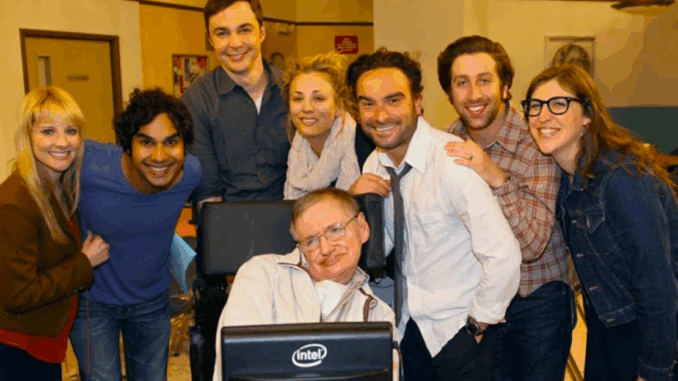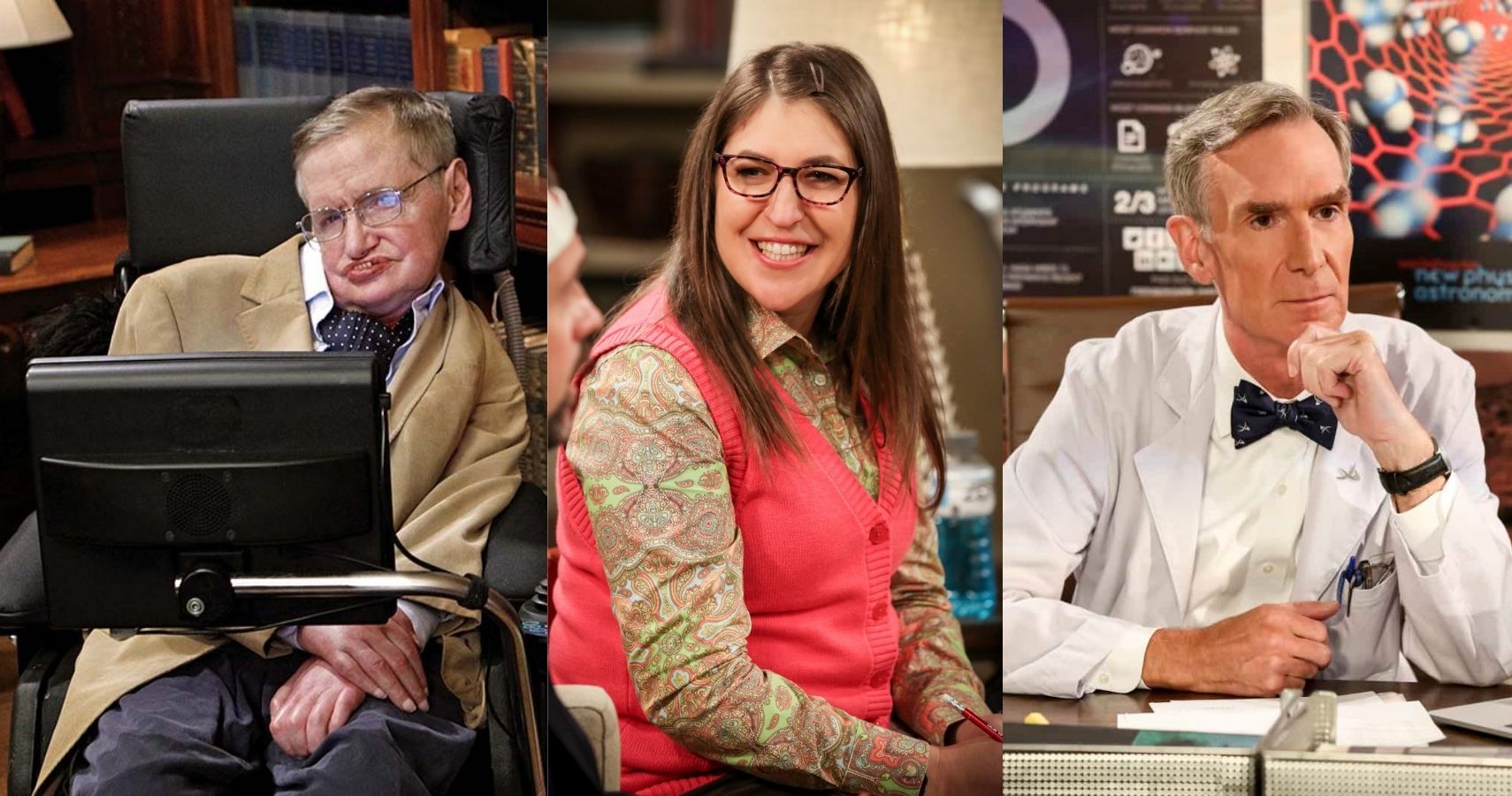
The Big Bang Theory was undeniably a sitcom — but unlike any other in its genre, it was deeply rooted in real science. From string theory to quantum mechanics, from Higgs bosons to black holes, the scientific jargon in the show wasn’t just clever window dressing. It was accurate, precise, and often up-to-date with cutting-edge discoveries. But how did a mainstream sitcom manage to maintain this level of scientific integrity?
The answer lies in the unsung heroes behind the scenes — the real scientists who ensured that what audiences were laughing at was also scientifically sound.
Meet David Saltzberg: The Show’s Chief Science Consultant
At the heart of the show’s scientific credibility was Dr. David Saltzberg, a professor of physics and astronomy at UCLA. Saltzberg wasn’t just a behind-the-scenes fact-checker — he was instrumental in shaping many of the show’s most complex references and background materials.
Every week, Saltzberg received scripts in progress. His job was to review the scientific dialogue, equations, whiteboard drawings, and any references to physics or mathematics. When necessary, he would rewrite lines, correct formulas, and even propose better ways to express a concept.
He didn’t just translate science into something usable — he elevated it.
Whiteboards, Equations, and Easter Eggs
The whiteboards in The Big Bang Theory are famous among fans for their intricate scribbles, which often contain real-world equations related to the episodes’ themes. Whether it was Sheldon’s theory of quantum foam or Leonard’s experiment in particle physics, those formulas weren’t random — they were accurate reflections of contemporary scientific thought.
In fact, some fans and physicists began analyzing the whiteboards as mini-puzzles, often discovering clever Easter eggs. In one episode, the board includes a nod to the discovery of the Higgs boson — shortly after the real-life announcement from CERN. In another, it references a hypothetical solution to a decades-old math problem.
These details weren’t visible to the casual viewer, but they built a trust among scientifically literate fans. The Big Bang Theory wasn’t just pretending — it was participating.
Cameos from the Scientific Elite
One of the show’s recurring delights was its lineup of guest stars — not just actors, but actual scientists and thought leaders. Most famously, the legendary theoretical physicist Stephen Hawking appeared in multiple episodes, often delivering dry, hilarious lines and poking fun at Sheldon.
Other notable appearances included:

-
Neil deGrasse Tyson, who debated Sheldon about Pluto’s demotion
-
Bill Nye the Science Guy, brought in to make Sheldon jealous of Leonard
-
George Smoot, a Nobel Prize-winning cosmologist, featured in a memorable cameo
-
Buzz Aldrin, the Apollo 11 astronaut, who appeared as himself handing out candy to trick-or-treaters
These appearances were more than fan service — they reinforced the idea that science was not just a backdrop for the show. It was the soul of it.
Keeping Up with Scientific Progress
One of the biggest challenges for Saltzberg and the writing team was keeping up with the real-world pace of scientific discovery. Over the 12 years The Big Bang Theory aired, physics underwent massive changes — from the confirmation of gravitational waves to the evolution of quantum computing.
The writers took these changes seriously. When scientific papers made headlines, the show often found ways to reference or incorporate them. In doing so, The Big Bang Theory became an unlikely vehicle for public science communication.
By blending humor with headlines, it brought concepts like dark matter and string theory into millions of homes — not as lectures, but as punchlines.
The Amy Factor: Neuroscience Enters the Picture
When Mayim Bialik joined the cast as Amy Farrah Fowler, another layer of scientific credibility was added. Bialik holds a PhD in neuroscience from UCLA, and her real-life expertise influenced the way Amy’s character was written.
Although she wasn’t officially part of the science consultation team, Bialik often worked with the writers to ensure her character’s references to the brain, behavior, and emotion were accurate. She even advised on small details — like how to hold lab equipment or how to describe research protocols authentically.
Why Accuracy Mattered — Even in Comedy
Some might wonder: why go through so much effort for accuracy in a sitcom?
Because science was never just a gimmick in The Big Bang Theory. It was the defining language of its characters. To make Sheldon, Leonard, Amy, Raj, and Howard believable, their world had to reflect the real challenges, triumphs, and frustrations of the scientific community.
More than that, accuracy built a bridge between entertainment and education. Teachers and professors frequently used clips from the show in classrooms. High schoolers cited it as inspiration for pursuing STEM careers. Scientific organizations embraced the show as a rare pop culture ally.
Conclusion: A Legacy of Laughs and Learning
The Big Bang Theory may have wrapped up in 2019, but its impact on public science literacy continues. In an era of misinformation and “fake news,” the show proved that facts, when delivered with humor and heart, could captivate millions.
Thanks to the work of David Saltzberg and a team of committed writers and actors, The Big Bang Theory did what few shows dared to try — it made science feel cool, accessible, and deeply human.
And it all started with a whiteboard, a few equations, and a whole lot of love for learning.
